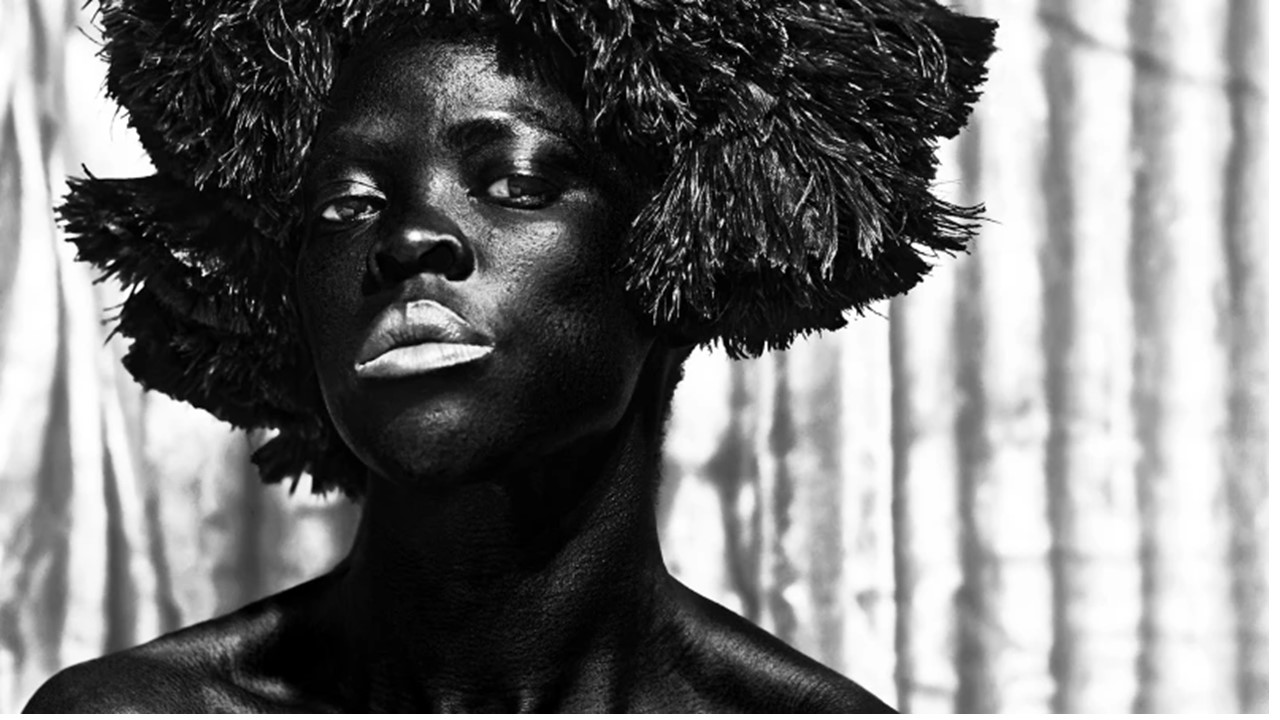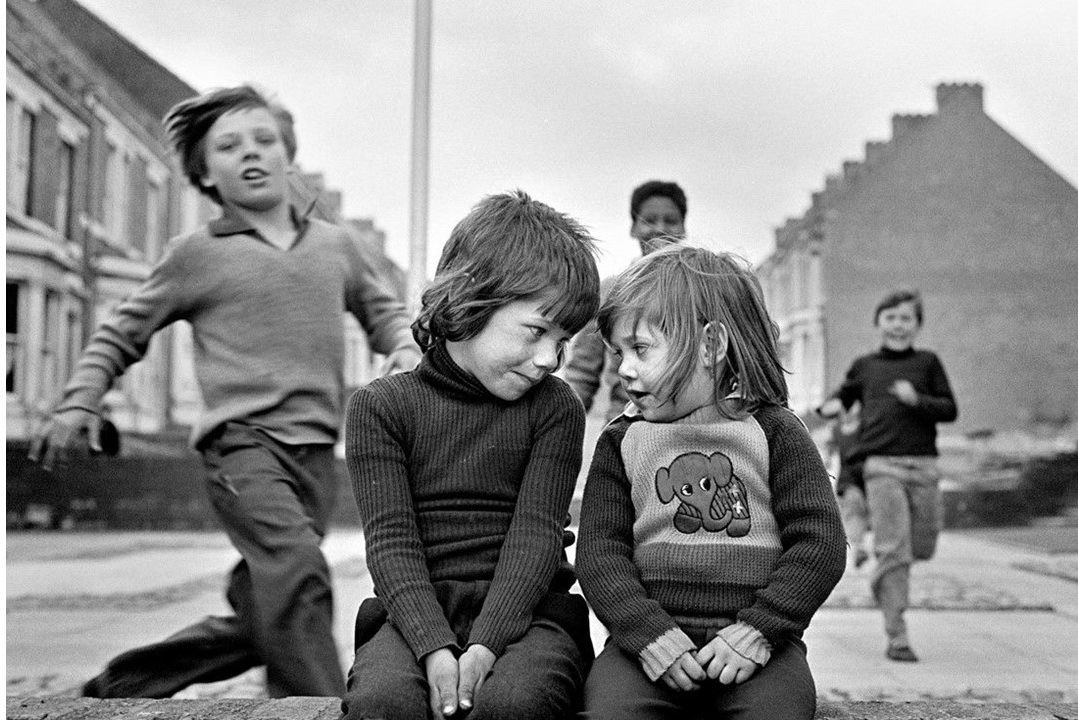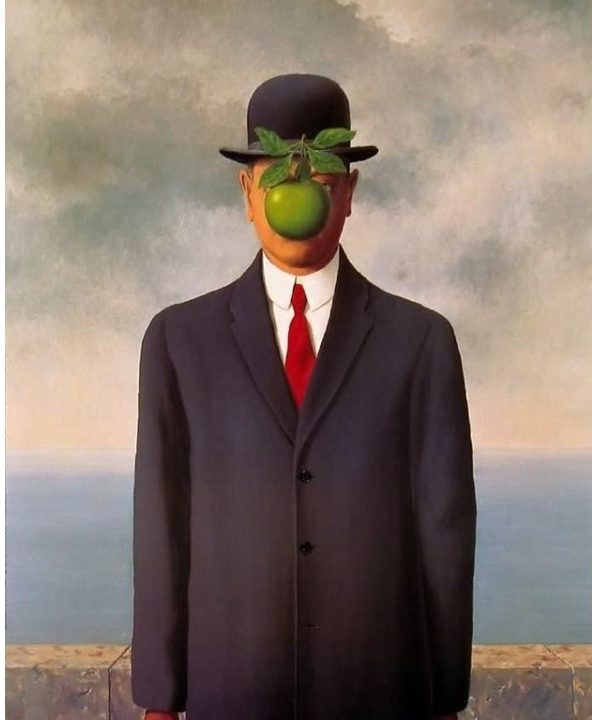Aspects of Identity:
Photography is a medium that can be used to explore and play with identity, where the different aspects of a photographers cultural, social, geographical identity can be portrayed, and their views and opinions can be displayed for the viewer to understand and analyse.

The following is a mind-map including all examples of aspects that can be considered when taking photographs that experiment with identity:

Environmental factors such as the upbringing of the photographer, the lifestyle that they choose to lead, and the experiences they have had throughout their life that have shaped their thoughts and opinions all effect how a photographer will interpret the definition of identity.
Examples of Identity in Photography:
Photographers such as Shirin Neshat create images that more obviously involve the topic of cultural identity, and include bold, eye drawing subjects to allow the viewer to realize the initial concept of the image, while also adding less obvious, more metaphorical meanings that can create a discussion on cultural differences and tensions after further analysis of her images, the following is an example of her work:

(The eye catching subject of the image is the Arabic writing on the soles of the feet, which immediately indicates that the image is of cultural relevance. However, the use of the tag on the foot is more subjective, as it could indicate that the feet belong to that of a corpse, therefore opening a discussion about the violence and tension surrounding cultural minorities.)
Other photographers who choose to experiment with identity in their work. Photographer Tish Murtha experimented with social identity, taking into account and documenting the different aspects of society, and the differences between the social groups that make it up. Her style allows for the life of the people in her images to be documented in a candid, natural fashion, while at the same time her images can be compared to show the differences between social groups at the time she was actively photographing, and the different struggles and issues that each social group faced. The below image is an example of her work:
 This image can be said to be a candid image displaying children growing up in England in the 1970’s, however it also displays the importance of the developing bonds, connections and friendships between the children, and displays them as their own social group, independent fro adults, showing the complexities of the lives and relationships that children have.
This image can be said to be a candid image displaying children growing up in England in the 1970’s, however it also displays the importance of the developing bonds, connections and friendships between the children, and displays them as their own social group, independent fro adults, showing the complexities of the lives and relationships that children have.
Lack of Identity in Photography:
On top of photographers using photography to blatantly explore identity, some use it to distort or hide identity, allowing for the subject of the image to become less an individual. Hiding the identity of the subject of an image to create a sense of mystery and disassociation has been a popular tactic in art for years, a famous example being that of the painting “The Son of Man”, by Rene Magritte (1946), where the subject of her image lacks identity due to the covering of his face with an apple:

An example of a modern photographer who experiments with using a lack of identity in her images, is Polish photographer Michalina Wozniak in her Identity series, which makes use of blank masks in her photographs to hide the identity of her subject, opening up a dialogue for questions such as who the subject really, what their intentions are, and what they represent. An example of her work can be seen blow:


Emily : explore gender + identity, social standing and acceptance in the modern era. Respond to Shirin Neshat (cultural identity) but also research gender roles and notions of belonging or subscribing to a specific gender.
EG : what does it mean to be male or female?